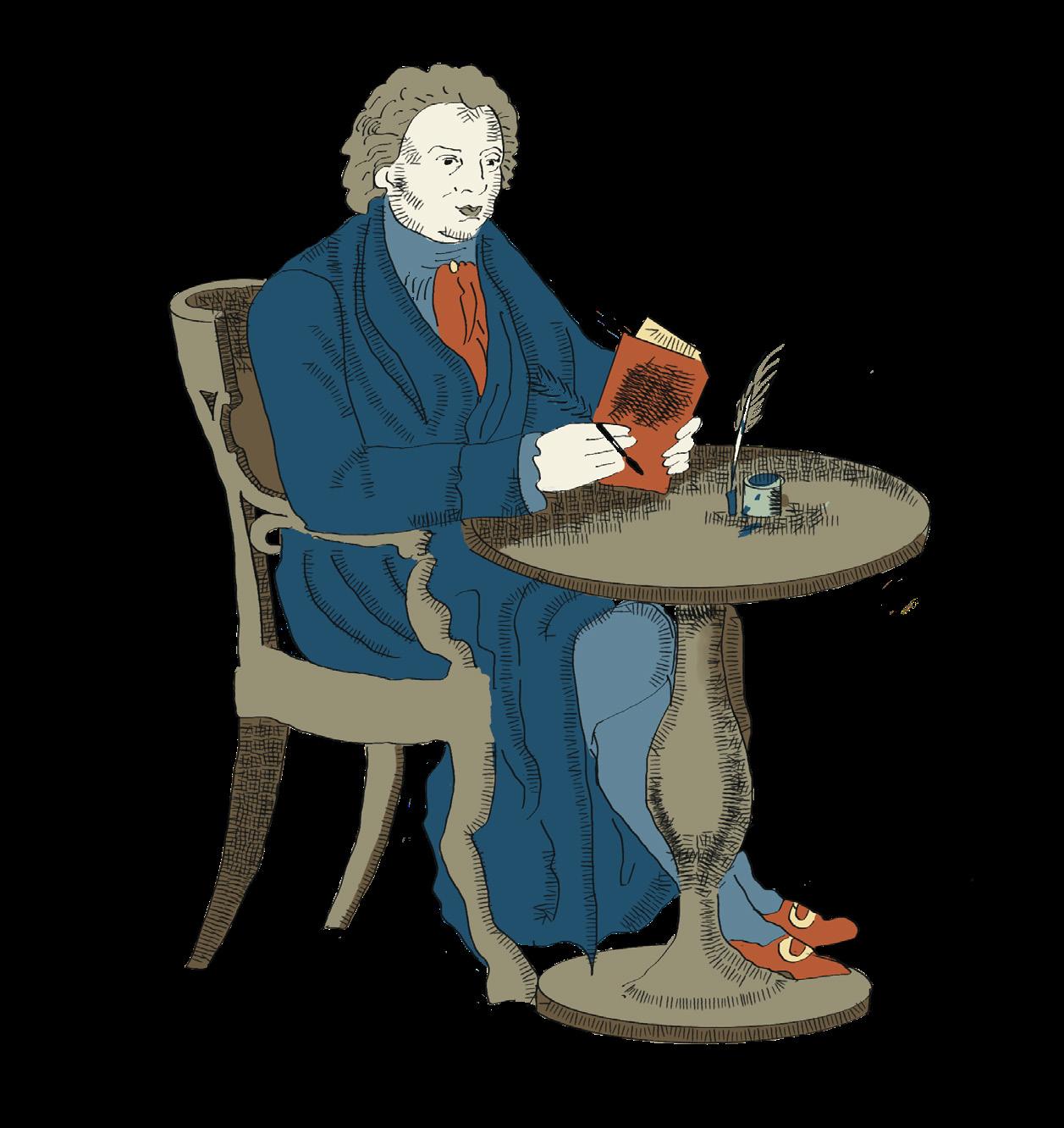
3 minute read
Technology
from TYPE BUGS TEAM
by Iulia Stan

Technology has profoundly influenced our lives in terms of typography by making it more accessible and dynamic. With the introduction of the printing press, books and other written materials became readily available to the general people, considerably increasing literacy rates. The digital era has taken this a step further to allowing everyone with a computer and an internet connection to access a massive collection of written works. Computers and software have also made it simpler to develop and alter typography, allowing for greater design flexibility and precision. The growing use of the internet and digital devices has also created new fonts and design trends, making typography more diversified and expressive. Technological advancements have also made it possible to access typography in novel such as electronic books and virtual reality
Advertisement
Digital technology makes it possible to design much more diverse and expressive fonts
New typefaces can be discovered and created in a wide range of places
Web-Based Markets
Numerous unique fonts are available on websites such as MyFonts, Creative Market and FontSquirrel, all of which were
Typography Communities
Open-Source Typefaces
There are multiple open-source Online forums and groups, such as Typophile and TypeDrawers, provide a platform for designers to share their work.

Type Foundries Firms
Several well-type design
Adobe, Monotype Hoefler and Co
Offer their typefaces for purchase
Creative Market, connects designers and creatives with a variety of high-quality resources, fonts images, and template s, enabling them to create websites, social media posts, print materials, and packaging. The platform features unique and carefully crafted fonts, all created by independent designers and artists. Additionally, Creative Market offers a vast community of designers and creatives providing tips, lessons, and inspiration to help users improve their skills.
FontSquirrel is a well-known website that provides high-quality free fonts for personal and commercial use. The fonts are published under the Open Font License, allowing users to modify and distribute them for free. FontSquirrel features an easy-to-use interface, allowing users to search for fonts by categories such as serif or handwritten, as well as by other attributes such as thickness and width. The website also includes a font identification tool that enables users to upload a picture of a typeface and get suggestions for similar fonts available on the site
MyFonts is an online marketplace offering over 130,000 typefaces from 2,500 foundries for personal and business use. Its search engine and font identifier tool help users easily find the right font for their projects
Monotype specializes in typefaces, offering a large selection of fonts, including historical classics and unique types. They provide font management software and web font services for designers, and other graphic design and typography professionals. Monotype also offers a wide selection of typefaces for C hinese, Japanese, and Korean languages and supports non-Latin languages and services enable users to create professionalqualty typography and engage with type in different contexts.
Adobe provides graphic design and typography tools, including Adobe Illustrator for vector graphics and Adobe InDesign for document layout. These tools offer precise text manipulation, layout, and font options, along with Adobe Typekit for access to professional-quality typefaces. Overall, Adobe can assist with typography needs for print and digital design projects
Google Fonts is a free, open-source library of typefaces designed for use on websites and other digital platforms. The collection includes styles from traditional serif and sans-serif fonts to experimental designs. The fonts are easy to integrate into web pages with a single line of code and are optimized for quick loading. Additionally, Google Fonts allows users to preview and customize styles before using them on their website.
Artificial intelligence (AI)

Has significantly impacted typography in the present
Font creation
AI has made it easier for designers to create custom fonts. With the help of machine learning algorithms designers can now create fonts that are unique and customized to their specific needs. Can generate new font designs based on input parameters such as weight, width, and style.
Language translation
AI-powered translation tools can help designers create typography accessible to users in different languages.This technology can accurately translate text from one language to another, preserving the integrity of the typography
Text recognition
AI-powered optical character recognition OCR technology has made it possible to extract text from images making typography more accessible to visually impaire din dividuals. This technology can help designers identify and extract text from old documents, books, and other printed materials.
Layout and design
AI can assist designers in creating layouts and designs that are optimized for readability and user experience. For example, AI-powered tools can analyze user behaviour to determine the most effective placement of text and images on a website or app.



